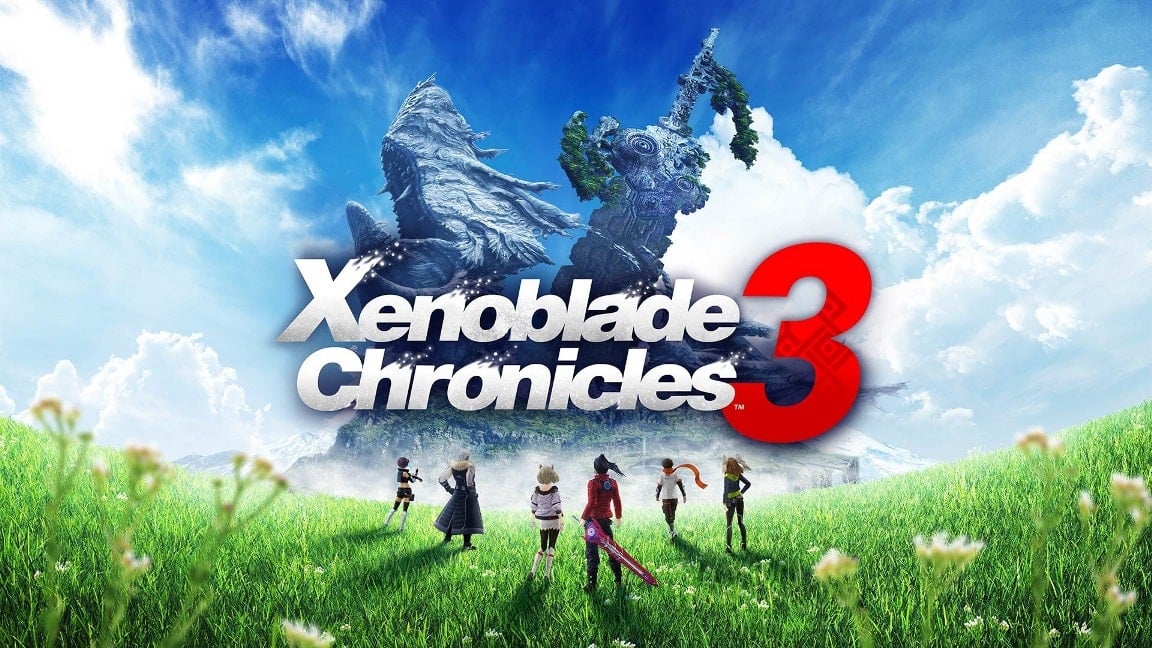
Tetsuya Takahashi is the head of Monolith Soft and the executive director of Xenoblade Chronicles 3. He has talked about the game’s countries of Keves and Agnus, its world of Aionios, and its main cast of characters.
Takahashi wrote a long message in the art book that came with the recent special edition that fans could buy.
Tetsuya Takahashi on designs in Xenoblade Chronicles 3
The first thing we did when making the art for this title was to give Keves, Agnus, and the mysterious third power their own traits and decide how those traits would be shown. We started making Keves by making Ferronises with a Faced Mechon design. Their colors match the black tones on Metal Face, and so do the uniforms of their soldiers who fight. Also, we took the power frame from Shulk’s outfit in the game Xenoblade Chronicles: Future Connected and put it on the soldiers’ uniforms to make them stand out. The Agnus forces, on the other hand, use white tones and a Japanese style in their designs for Ferronis and the uniforms of their soldiers. We used the mechanical designs from the game Xenoblade Chronicles 2 for its Ferronises to make the difference between the Agnus and Keves sides even more clear. Lastly, we wanted the mysterious third power to be different from the other two. To do this, we made their clothes and weapons look more like they belong in the real world. Early on in the game’s story, Noah and the other main characters find clothes in a box that this third power left behind. This is why their clothes look a little different from what we’ve seen so far in the Xenoblade Chronicles games.
Next, this game’s world is a mix of places from Xenoblade Chronicles and Xenoblade Chronicles 2. It has a lot of open space. Setting-wise, this game may be a real mix of worlds, but when we made the environments, we didn’t just try to make them feel like they were from the past. Instead, we wanted players to feel excited and surprised when they stepped into the world. The monsters in the area are also from Xenoblade Chronicles and Xenoblade Chronicles 2, and I hope players will pay attention to the ecosystems they live in.
The last part is about the people in the story. Here, too, we wanted to bring together the two worlds of the two previous games by using both designs and 3D modeling. Characters were modeled after drawings by the main designer, Masatsugu Saito, and Ouroboros were modeled after drawings by the Ouroboros designer, Koichi Mugitani. We tried to make the 3D models of these designs look as much like their art as possible. We worked very hard on this process. This is especially true for the characters, for which we made shaders that had not been used in previous games.
This game’s artwork, including the 3D models, is the final piece of the Xenoblade Chronicles series. I hope that anyone who reads this book will be able to see how the work was done and how it turned out. In the space between these two, they can imagine what each team member is thinking and what hopes they have for the future.













